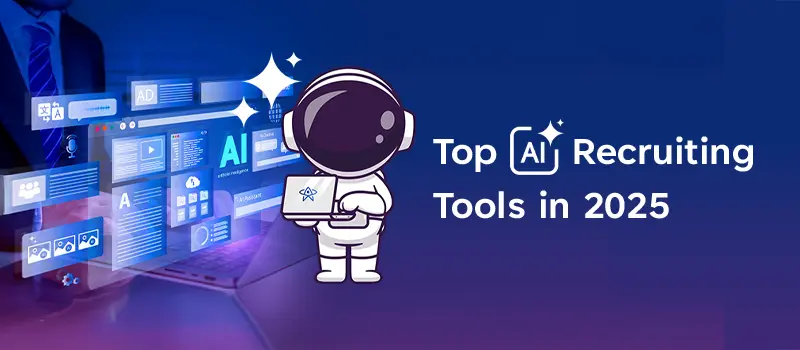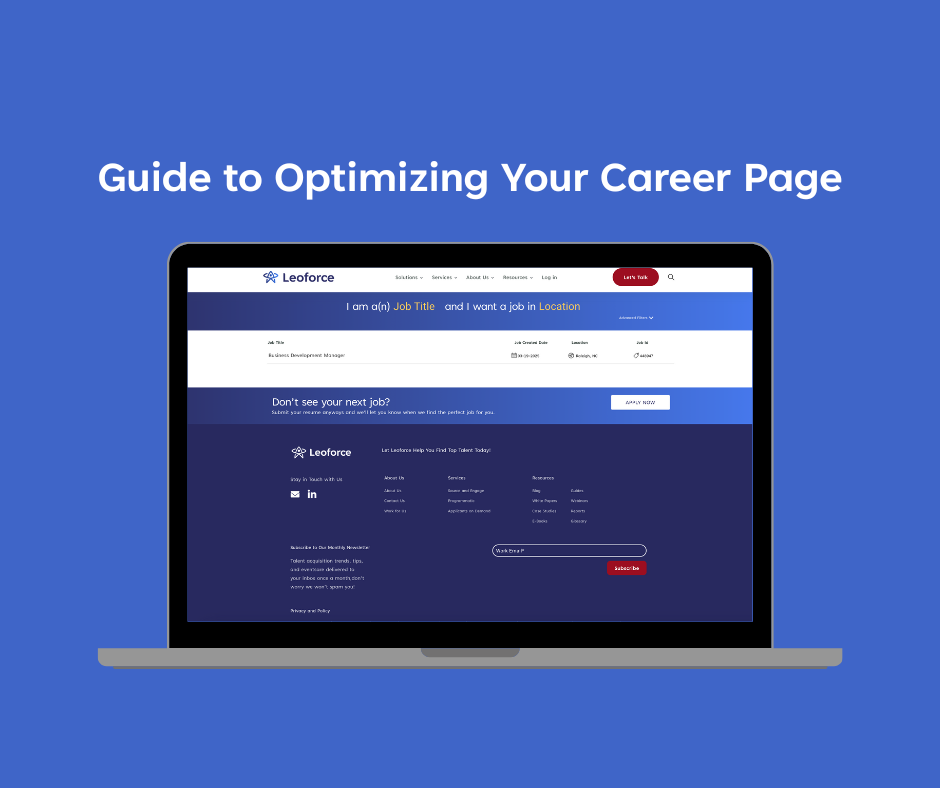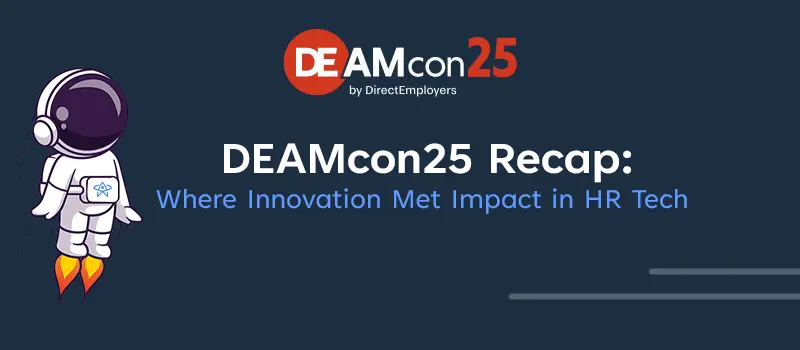DEI at Medical Facilities

In May 2023, a report published by the Johnson Wood foundation stated that the nurses from the survey pool reported witnessing racist behavior and experiencing discrimination from almost 80% of their patients. Of these nurses, those belonging to the Hispanic, Asian and Black races reported more incidents of microaggression due to race in comparison to their White peers. The United States is known for its diversity and even though workplaces try to establish an equal opportunity environment, cases of discrimination based on race, gender, disability and even sexual orientation seem to prop up every now and then.
The healthcare industry also faces challenges while trying to establish a diverse, equal and inclusive environment. Healthcare disparities and inequities are often rooted in systemic and historical factors such as racism, discrimination, and unequal access to resources. Let’s understand these challenges briefly.
Challenges in Implementing DEI in Healthcare
Underrepresentation in leadership positions
The United States might be accepting diversity but white men still seem to be in leadership positions. In an article published by USA today in 2022, 1 in 7 companies have all white leadership teams. This includes healthcare organizations. Many healthcare organizations seem to lack representation in high-ranking management roles. This underrepresentation is not limited to race alone. It also throws light on the fact that women and other genders or those who are open about their sexual identity are usually not included in leadership positions. Underrepresented teams can lead to disparities in decision-making, limited role models for underrepresented groups, and unequal access to opportunities.
Implicit bias becomes a barrier to progress
Organizations might claim to offer an equal opportunity environment but unconscious bias can influence and impair decision making leading to disparities within the organization. For instance, only offering the graveyard shift to immigrant nurses because of the unconscious belief that they tend to work harder in a foreign country can hamper their progress and even lead to burnout. Other factors that might lead to implicit bias include ethnicity, gender, age, socioeconomic status and sexual identity. It is important to address implicit bias to establish an equal opportunity environment.
Lack of training in cultural competency
Due to the diverse nature of the United States population, it is important that healthcare professionals have the ability to understand their patients and effectively communicate with them. However, lack of cultural competency training programs leads to a lower patient dissatisfaction rate and a less than pleasant patient-centered care experience.
Non-inclusive policies and practices
Several healthcare institutions tend to lack inclusive policies and practices that promote equity and support diverse employees. Hospitals also lack anti-discriminatory policies or a zero-tolerance policy against any kind of discrimination. This can be a barrier for recruiting an effective workforce, retaining skilled employees and maintaining a positive work environment.
Addressing diversity, equity and inclusion challenges at a healthcare institution requires a multi-faceted approach. This approach will involve equal opportunity recruitment, cultural competence training, diverse representation in leadership, inclusive policies, zero tolerance to discrimination and a continuous evaluation of healthcare functions in a bid to ensure equity and inclusivity for both medical professionals as well as patients. Let’s understand these measures in brief.
Using AI tools to eliminate recruiter bias in healthcare recruiting
Acts of discrimination can be witnessed everywhere and not just on the hospital floor. Recruiter bias can lead to hospitals missing out on hiring competent talents. By using AI based recruiting tools, healthcare recruiters can streamline the initial hiring process and let the software take up the task of shortlisting candidates and assessing their skills. Additionally, AI based applicant tracking systems can streamline candidate management while predictive analysis software can help match candidates as per criteria and introduce the best possible matches to healthcare institutions while eliminating recruiter bias. The advanced AI in Leoforce is revolutionizing the healthcare recruiting industry by using 300+ parameters and 7 multi-dimensional data points to score and rank talent for compatibility. Leoforce simultaneously helps source candidates from multiple channels in under 5 minutes, reducing candidate review and shortlisting time by 50%. Request a Demo to understand how Leoforce can help your organization streamline its healthcare recruiting objectives and make recruiting more inclusive.
Prioritize implementation of zero tolerance, non discriminatory policies
In order to ensure that the hospital is established as a safe and positive working environment for all, it is imperative that healthcare institutions draw up clear and comprehensive non-discrimination policies. These policies need to clearly chalk out the healthcare institution’s commitment to providing equal treatment to their workforce as well as their patients. The healthcare institution must also communicate to all their employees that any discrimination based on race, ethnicity, gender, sexual orientation, religion, disability, or any other protected characteristics is not tolerated.
Introduce diversity and inclusion training
It is important that healthcare institutions regularly conduct diversity and inclusion training programs for all hospital staff. These training sessions can raise awareness about unconscious bias, cultural competence, respectful communication, and the importance of equitable treatment. It also includes cultural competence training to enhance understanding of diverse patient populations, their unique healthcare needs, and consequent communication strategies. Such training programs show the workforce that the healthcare institution is aware of the workforce’s challenges and is actively working to overcome them.
Design and adopt a patient-centered approach on the hospital floor
It is important for healthcare institutions to establish that the hospital is all about patient care. By developing a patient centered approach, medical professionals will learn to respect individual values, preferences, and accept and adapt to diverse backgrounds. This approach will also involve patients in decision-making processes, and take into consideration their cultural beliefs, socioeconomic factors, and social determinants of health when developing patient care plans.
Conclusion
Organizations have a growing responsibility to improve diversity, equity, and inclusion (DEI) efforts in healthcare not only for their employees, but also to better serve patients and their families. As a result, diversity, equity and inclusion are a focus for healthcare organizations and several healthcare institutions are taking active measures to ensure a positive working environment.
Resources
- https://www.usatoday.com/in-depth/money/2023/02/16/white-men-corporate-america-diversity/11114830002/





